New University of Minnesota eBook combines technology and crowd-sourcing to share examples of successful classroom technology use across colleges, disciplines and campuses
Jul 12, 2012, 13:16 PM
Using 3D simulations to design clothing. Creating Web-based computer coaches to teach physics students new problem solving methods. Or deploying mobile technology to help public health professionals respond to disasters. These are three of many success stories from University of...
Using 3D simulations to design clothing. Creating Web-based computer coaches to teach physics students new problem solving methods. Or deploying mobile technology to help public health professionals respond to disasters. These are three of many success stories from University of Minnesota faculty who are using technology to improve education and access, and provide innovative solutions to problems.
“While online activity is at the core of higher education’s future, institutions have to challenge the assumption that big programs are required to make things happen,” said Ann Hill Duin, co-editor of the eBook and professor of writing studies at the university. “We need greater focus on the digital frontlines where innovative faculty, staff and students are creating new solutions in real time at minimal cost with great impact. This eBook provides that initial focus so other educators can learn from their colleagues’ successes and incorporate technology into their own classrooms.”More than 100 faculty and staff and more than 20 graduate and undergraduate students from 51 units across the U of M compiled their tech stories and perspectives into a unique eBook: Cultivating Change in the Academy: 50+ Stories from the Digital Frontlines at the University of Minnesota in 2012. Faculty used technology and crowd-sourcing to overcome traditional barriers between colleges and disciplines in order to bring new thought to the form of a peer-reviewed online publication. The result was a peer-reviewed and online book published in only three months. It is believed to be the first such eBook of its kind.
“Our world is changing rapidly and technology presents educators with great opportunities. The challenge is acting fast enough and translating that new knowledge before technology becomes outdated,” said Ed Nater, co-editor and professor of soil, water and climate at the U. “An eBook was a fun, fast and effective way to start sharing successes. Educational technology is not about computer labs anymore. It’s about being nimble enough to engage students in learning on their terms.”
For Hill Duin, who also is former U of M associate vice president of the Office of Information Technology, and her co-editors Nater and Farhad Anklesaria, the eBook is merely the first step. Integral to the group’s goal of cultivating change across the U and higher education is dynamic, ongoing reader feedback. Faculty, teachers and learners are invited to share their own experiences at https://cultivatingchange.wp.d.umn.edu/ or via Twitter using the hashtag #CC50.
EBook chapters were written by a variety of contributors, many who were part of the U of M’s Academic Technology Showcase 2012 (http://www.cehd.umn.edu/Showcase/). Inspired by a common goal for cultivating change through technology, the editors invited Showcase presenters and others to contribute eBook chapters. Within a month, editors compiled more than 50 submissions, and co-designers then assisted with peer review and design.
The eBook is organized into four sections:
- Changing Pedagogies – Contributors discuss how to move teaching beyond memorization of facts toward interactive coaching and problem solving.
- Creating Solutions – Includes innovative uses of video, podcasts, vodcasts and simulations to engage students. Contributors also showcase use of GoToMeeting, Moodle, Blackbag, iPads, Camtasia Relay, Skype, Ning, Google Apps and others.
- Providing Direction – Challenges the assumption that big, expensive programs are necessary to make things happen. Claudia Neuhauser, vice chancellor at the University of Minnesota, Rochester, illustrates how minimal investments in individualized education can produce significant local results.
- Extending Reach – Showcases expanded student and community engagement through technology.
To provide feedback or new ideas about technology use in education, go to https://cultivatingchange.wp.d.umn.edu/.
